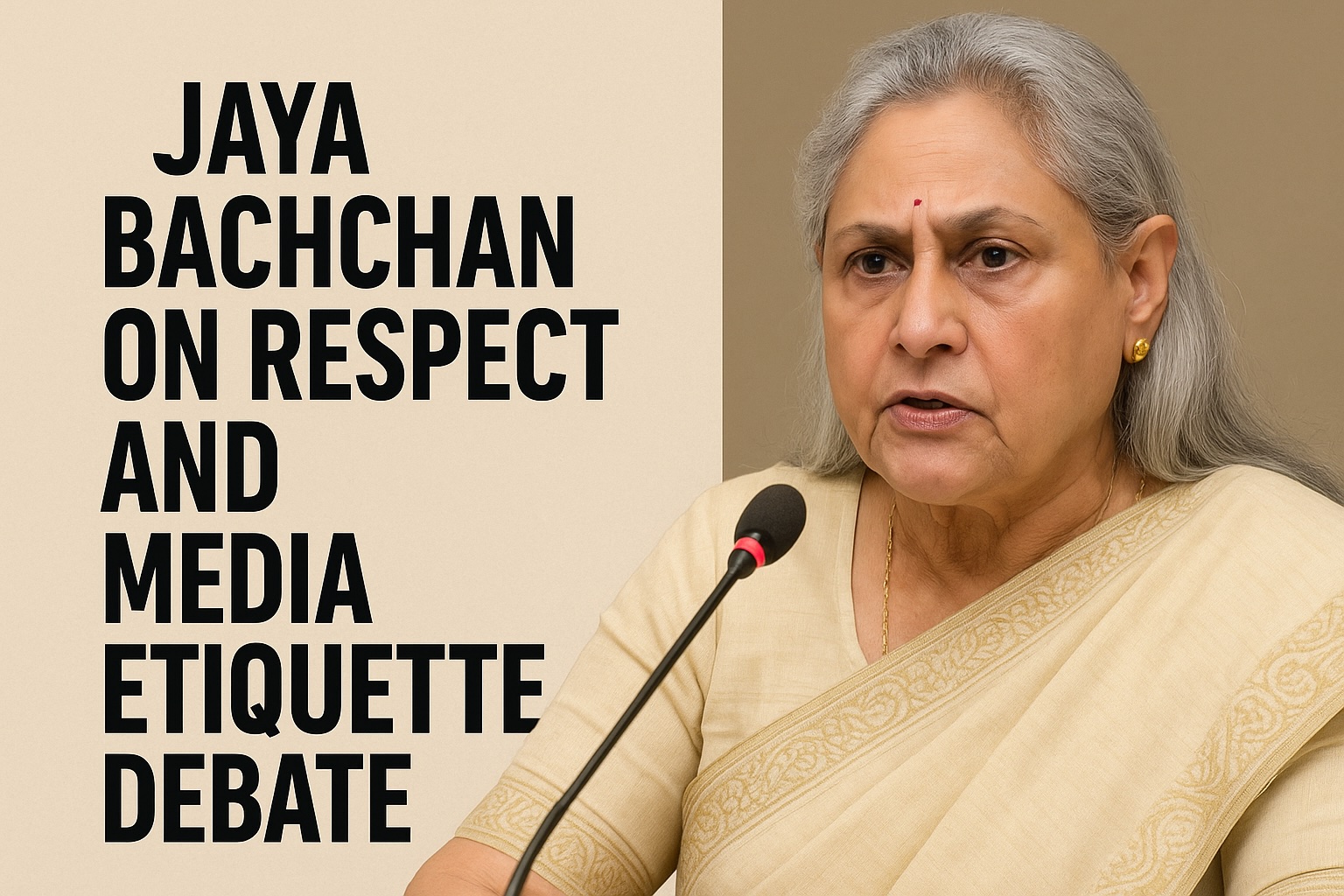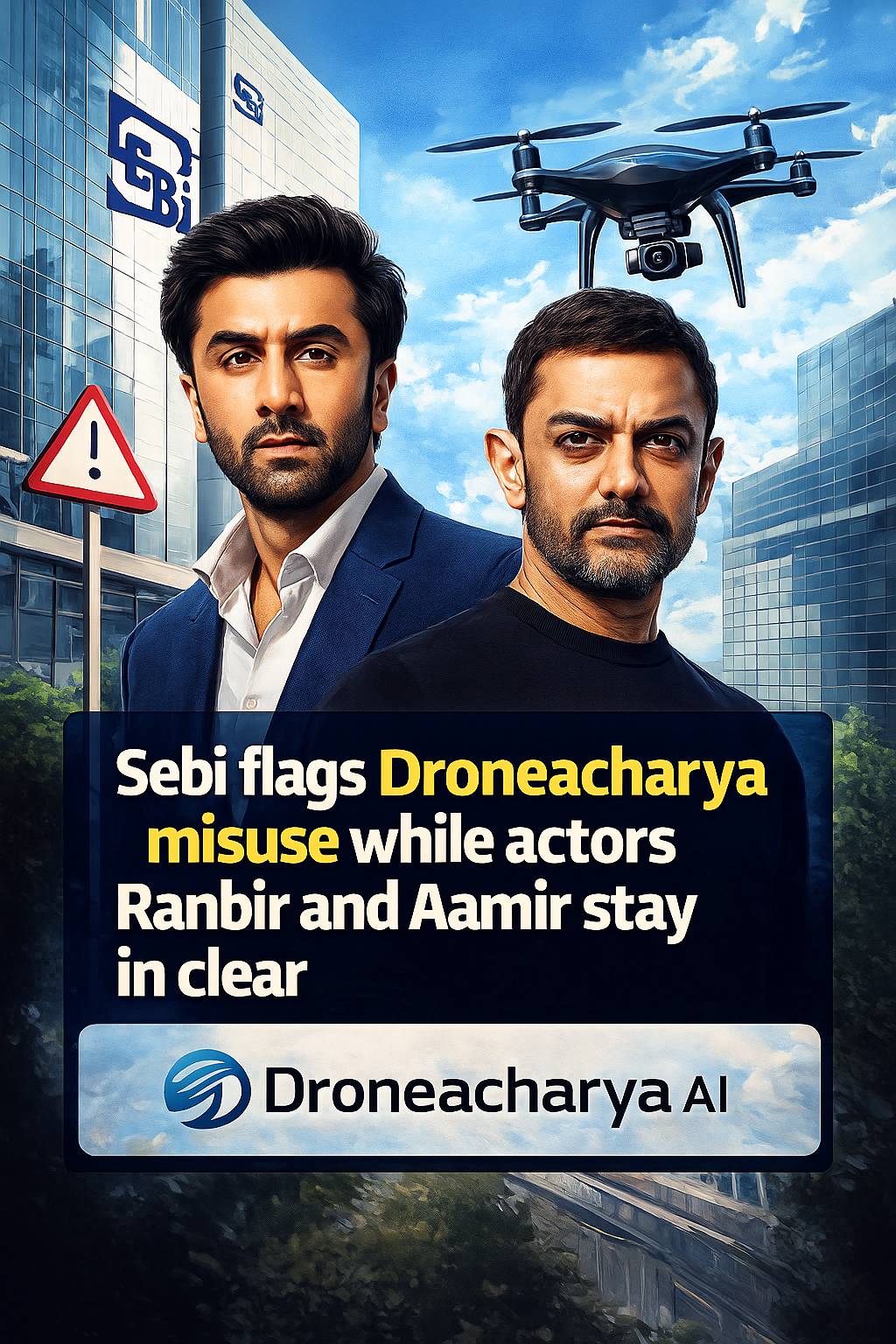MUMBAI: Radio is one medium that has the ability to reach the remotest of areas and is heard by most as it provides information and music on the go. However, it is the absence of content that drives listeners’ discontent.
Speakers such as National coordinator of South Asia FM Ltd Nisha Narayanan, BBC World Services head of business development APAC Niel Curry, Radio Mirchi programming head Tapas Sen, Radio City programming head Vikas Varma and Saregama India Ltd managing director Subrato Chattopadhyay spoke on the need and means to develop compelling content for the radio.
Beginning the session, Sen said, “What is generated while developing content is a lot of discontent, what is needed is contentment.†He elucidated the various tried and tested models in the medium of radio. “The three “C’s†that drove content for this medium was cricket, cinema and crime,†he said. Some of the complaints he heard most of the times was that RJ’s spoke far too much, thus he stressed on the need to deliver quality content to listeners.
Narayanan on the other hand stressed on understanding what quality content was and delivering to it the audience that wants it. “Seventy per cent of the listeners in Delhi couldn’t figure out which radio station was playing until they heard the radio jingle. This simply means that people today cannot differentiate one station from another,†she remarked.
She also said that there was a dearth of innovative programming in the medium of radio. “People have blamed it on the huge licensing fee but even today, six years down the line, nothing has changed despite improvement in the licensing rates,†she stated.
Highlighting the fact that radio is here to stay, she said, “Today there is Digital Radio, DRM, DAV, Internet radio, and satellite radio; all of it enabling us to consume content anytime, anywhere.†A remark she made was that apart from providing licenses to the highest bidders; as criteria equal importance should be given to content by the government.
Today it’s all about earning big and generating maximum revenues. Curry stressed on the need for radio to become far more interactive and provide the listener with the feeling of being part of something. He said that radio was “The theatre of the mind and the disco of the soulâ€Â. A complete tangent thought was that of Varma who said that Bollywood is a fuelling factor due to which a sizeable portion of the entertainment sector works. “Though today most of the content is similar, it is the jockeys that differentiate one station from the other. There is a great need for them to be far more entertaining and interactive with the audience,†Verma stressed.
Chattopadhyay showcased an understanding of the music market, relating it to the topic in discussion. “Over 72 per cent of people consumed music or radio at home while a minor 17 per cent listened to it while in a car, rickshaw or bus,†he said.
Chattopadhyay also announced that Saregama India was now digitizing over 23,000 hours of music, including long forgotten classics.
What one needs to understand is that there is a great opportunity to hear alternate content, which will help facilitate the kind of music we might want to choose. During a tête-à-tête, Narayanan stated that from an 85:15 ratio of music to content the same could be changed to a 75:25 ratio, which would aid in developing far more innovative content. She also stated that there was a great need to localize and regionalize while providing the service. “Doing that is far more cost effective in terms of infrastructure and costs, while from the advertiser’s point of view it helps brands reach a local audience,†she said.
Today where a brand is seeking to go far and wide, pushing hard to reach a global audience, the secret ideally is to concentrate on the local market before you even think of spreading your wings. However the key is in having a strong research and understanding as there might be a constant fear of competitive forces who seek to size a larger portion of the market.




